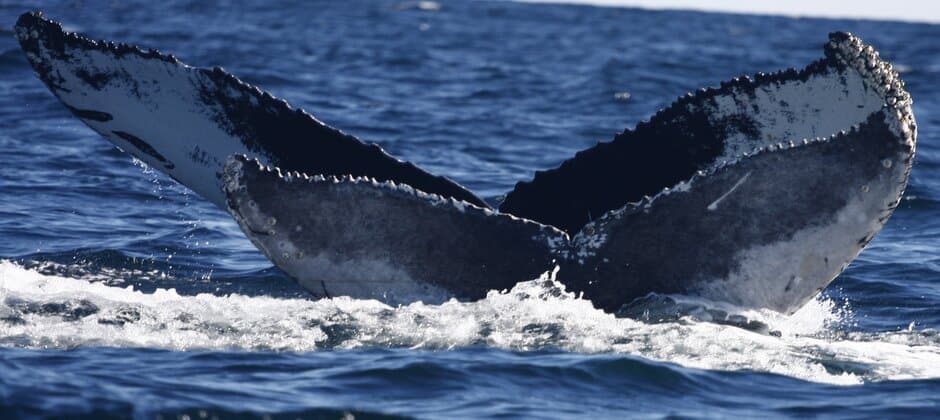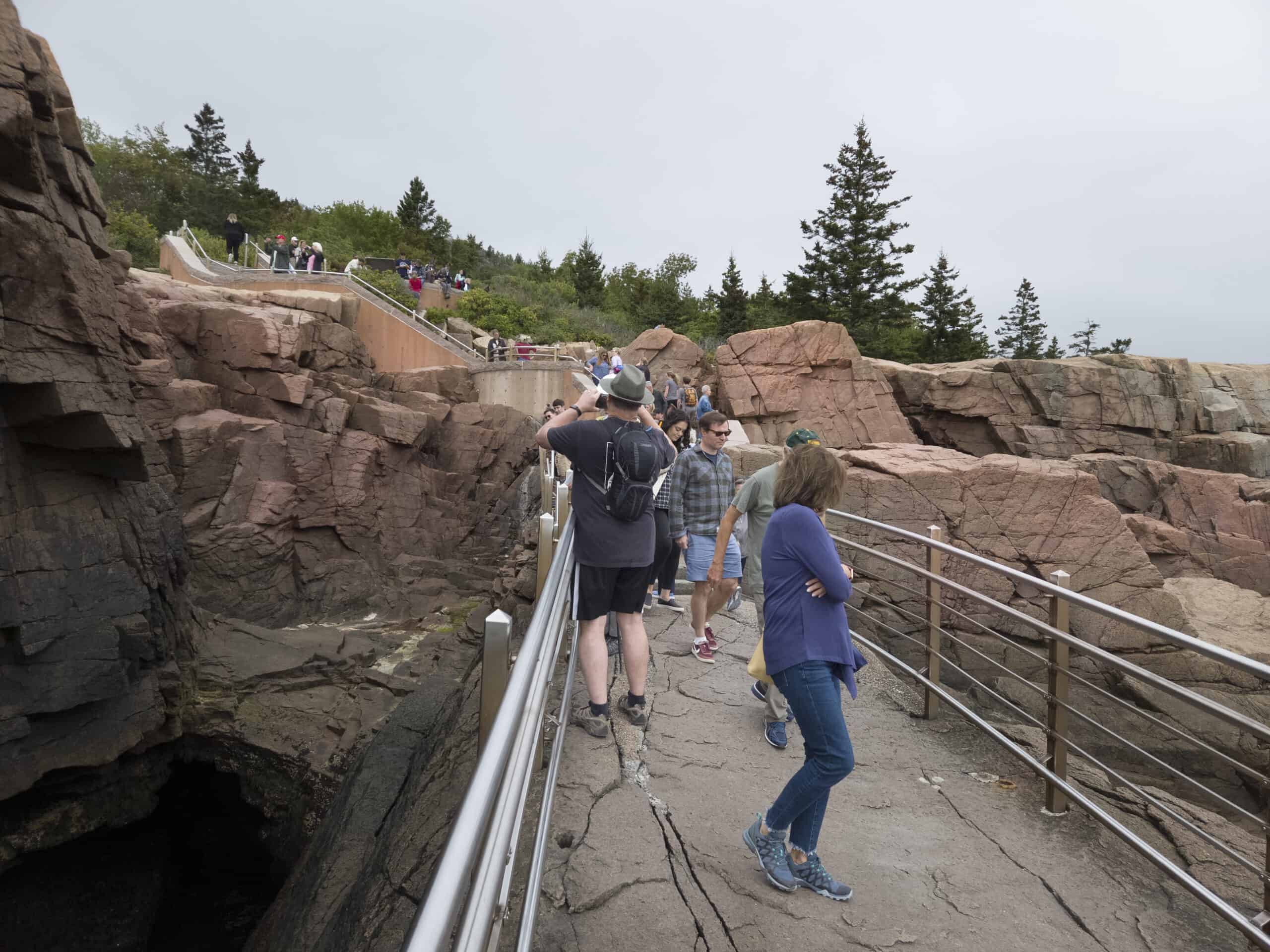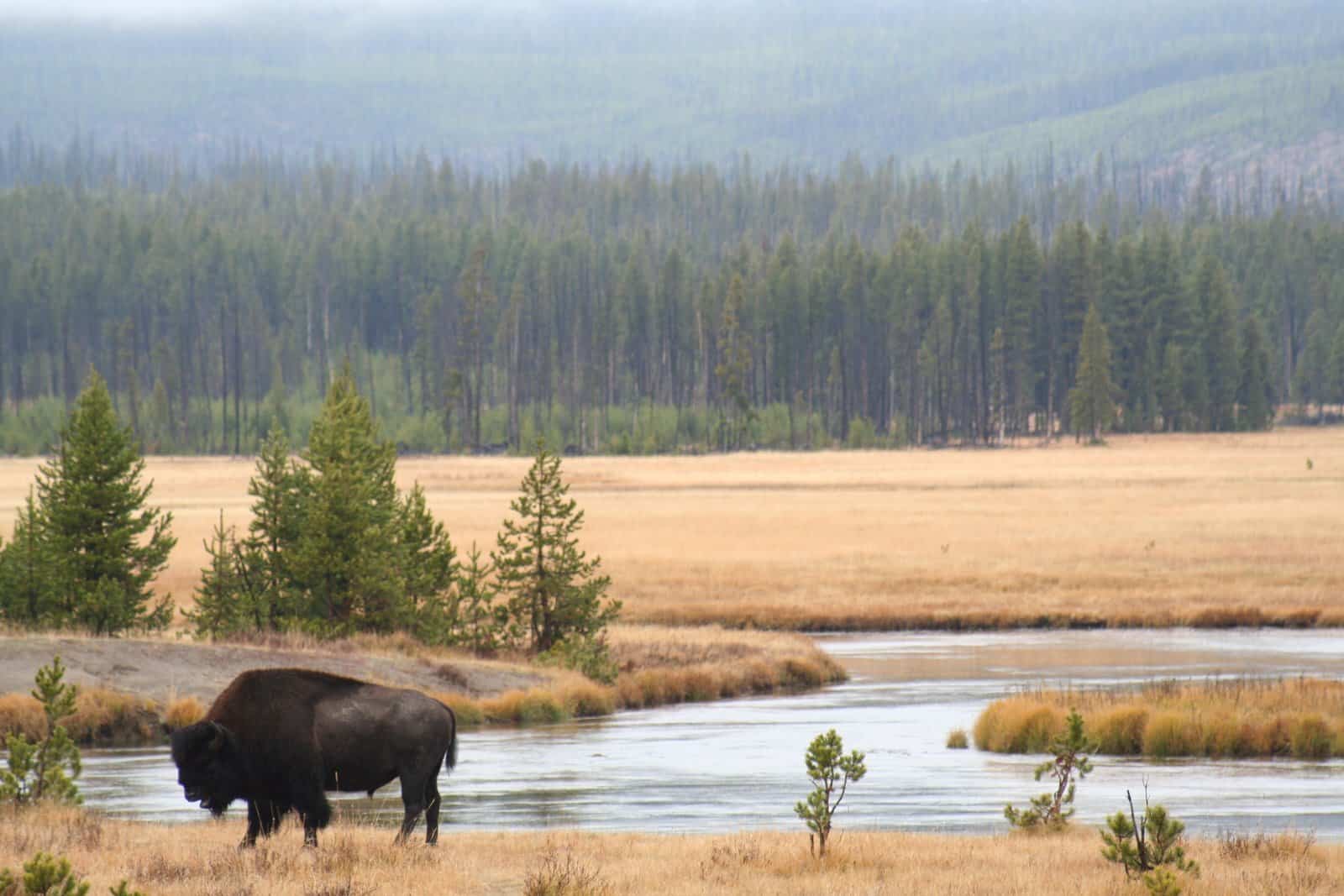Share this article
Low herring numbers mean drop in humpback calf numbers
Decades of observations on humpback whales in the Gulf of St. Lawrence have revealed that low fish prey availability may be linked to declining calf numbers.
“The number of calves sighted every year were positively correlated with environmental conditions the previous year,” said Joanna Kershaw, a marine biologist at the University of Plymouth in England.
Researchers from nonprofit research organization Mingan Island Cetacean Study (MICS) had noticed a decline in humpback whale (Megaptera novaeangliae) calves that spend their summers in the Gulf of St. Lawrence in Quebec and migrate down to the coast of the southeastern U.S. and the Caribbean in the winter.
“We’ve seen less calves but the same number of females,” Kershaw said.
North Atlantic right whales (Eubalaena glacialis) in the St. Lawrence and surrounding areas, already an endangered population, have been facing a number of problems from ship strikes to entanglement in fishing gear, though calf sightings in recent months appear to indicate those whales may be having a good year.
But researchers weren’t clear about the problems facing humpback whales. While less calves were turning up in the last few years, biologists weren’t sure whether humpback calves weren’t surviving after or during birth, or whether the adult females were getting pregnant less often.
Kershaw collaborated with MICS while she was still a PhD student at the University of St. Andrews in Scotland to find some answers. She and her colleagues hoped their findings, published recently in Global Change Biology, would help them better determine the problem that was leading to the reproduction decline.
She examined tissue samples gathered from 2004 to 2017 from female humpbacks in the Gulf of St. Lawrence, mostly between the north shore of Quebec and Anticosti Island, as well as sightings from the St. Lawrence estuary to the Gaspe Peninsula and the Strait of Belle Isle between Newfoundland and Labrador.
They gathered the samples from inflatable boats using a special crossbow and arrow system. Special darts collected skin and blubber samples from the backs of whales in the St. Lawrence when they emerged from the surface.
“I remember being struck by how big they are,” she said about the whales. When they exhaled through their blow holes, Kershaw was also surprised to learn that humpback may need to learn how to use mouthwash. “They’ve got really bad breath,” she said.
By analyzing these tissue samples, the researchers could determine if female whales were pregnant. Since individual whales can be identified based on their markings, sightings from the following year revealed whether the females successfully maintained their calves for the migratory cycle.
Their analysis showed that pregnancy rates varied over the time period, which would be expected during normal conditions. The problem, therefore, seemed to lie more in calf survival than in pregnancy rates.
Over the study period, the researchers found that approximately 40% of the females that got pregnant didn’t return the next year with a calf.
What’s happening to the calves is less clear. Researchers aren’t sure about whether the pregnancies are unsuccessful, or whether the calves are dying after birth.
But when the researchers correlated calving rates with other ecological conditions, they found that herring abundance had the largest connection to the number of mothers and calves sighted. If there were a large amount of herring, then more calves were sighted in the following year.
“It really suggests that the females aren’t able to either maintain the pregnancy or to accumulate enough fat reserves for lactation,” she said.
While factors like ship strikes and fishing gear entanglement might be affecting calf survival as well, Kershaw said that feeding conditions in the St. Lawrence can be directly correlated with reproductive success.
Herring abundance is also linked with ecosystem change. Previously, Kershaw said researchers believed humpbacks might show resilience in the face of climate change due to the fact that they are long-lived animals that can migrate vast distances in search of sufficient food supplies if need be. If fish abundance is low in the St. Lawrence, for example, they could just swim elsewhere.
“But here we could show that even if they can change some of these behaviors, they aren’t enough,” Kershaw said. “The take home message is we don’t really understand still how climate change is going to impact baleen whale populations.”
Header Image: A humpback whale mother and calf in the Gulf of St. Lawrence. Credit: Mingan Island Cetacean Study








